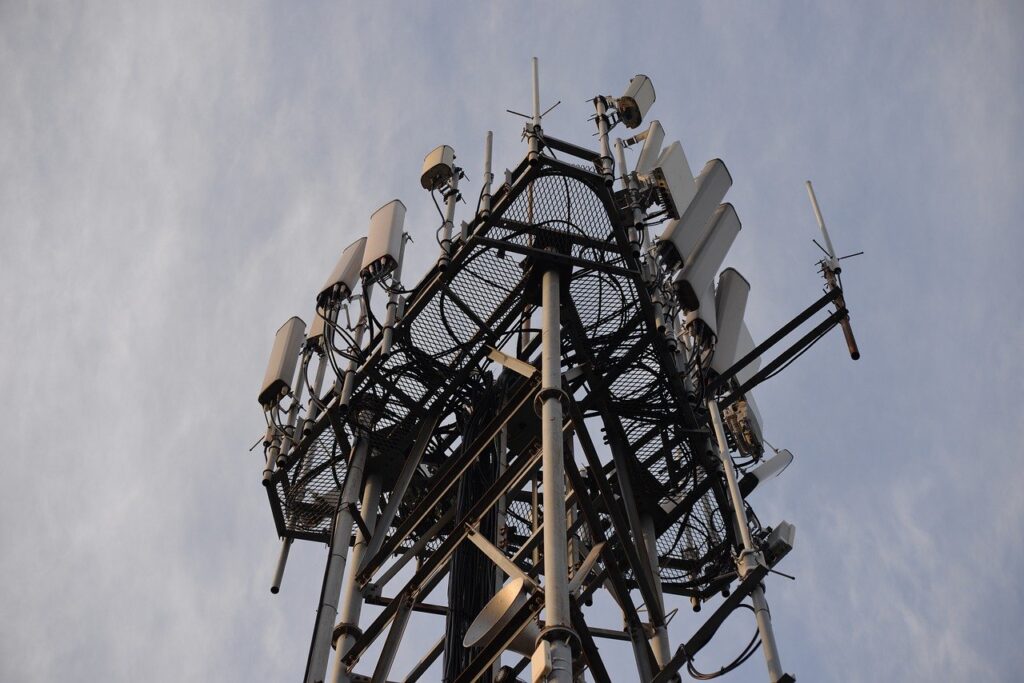Expanding the Horizons of 5G
In a groundbreaking development, researchers in Japan have unveiled a new wireless-powered transceiver array that promises to significantly enhance 5G network coverage. This innovative technology could play a crucial role in addressing the limitations of current 5G infrastructure, providing seamless connectivity even in previously hard-to-reach areas.
The Challenge of 5G Coverage
While 5G technology offers incredible speeds and low latency, its coverage is often limited by obstacles like buildings and terrain. Traditional relay systems, which help extend coverage, typically require power sources, complicating their deployment in remote or inaccessible locations.
Innovative Wireless-Powered Transceiver
The research team in Japan has developed a relay transceiver that is wirelessly powered, eliminating the need for direct power sources. This cutting-edge transceiver utilizes radio waves to harvest energy, making it both efficient and sustainable. By leveraging ambient energy, these transceivers can be deployed virtually anywhere, greatly enhancing the flexibility and reach of 5G networks.
How It Works
The transceiver array functions as an intermediary between user devices and the main 5G base stations. By amplifying and relaying signals, it ensures strong and reliable connectivity over a wider area. This wireless power solution relies on a technology called RF energy harvesting, which converts radio frequency signals into usable electrical power. This approach not only supports a sustainable infrastructure but also reduces the overall carbon footprint of network expansions.
Implications for the Future
The development of these wireless-powered transceivers represents a significant leap forward in telecommunications technology. It could revolutionize how 5G networks are implemented, particularly in rural or underserved areas where laying traditional infrastructure is cost-prohibitive. Moreover, this technology supports a broader range of applications, from smart cities to remote healthcare and beyond, by ensuring robust connectivity in diverse environments.
Conclusion
This advancement by Japanese researchers highlights the ongoing innovation in the telecommunications sector aimed at overcoming the challenges of 5G deployment. By improving network coverage with sustainable solutions, the potential for 5G technology becomes limitless, paving the way for a fully connected future.
As the world increasingly relies on high-speed internet for everyday activities, breakthroughs like this are vital. The wireless-powered transceiver array not only enhances 5G networks but also sets a precedent for future innovations that prioritize both efficiency and sustainability.
Article Source
Image by hello_world_2022 from Pixabay









